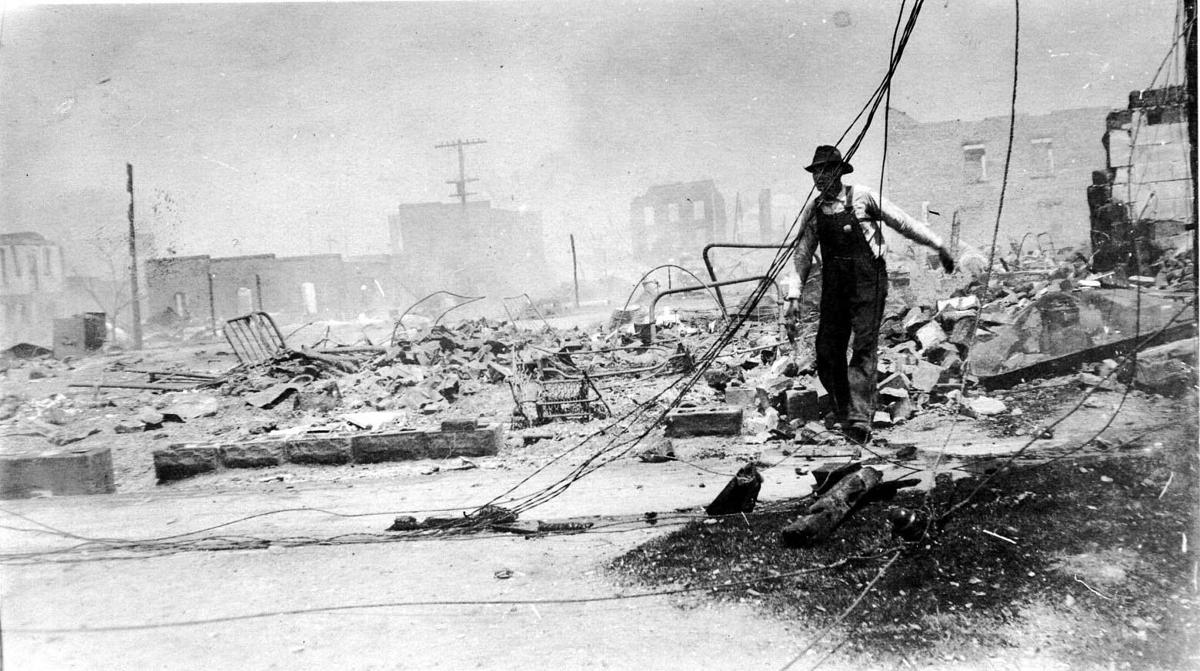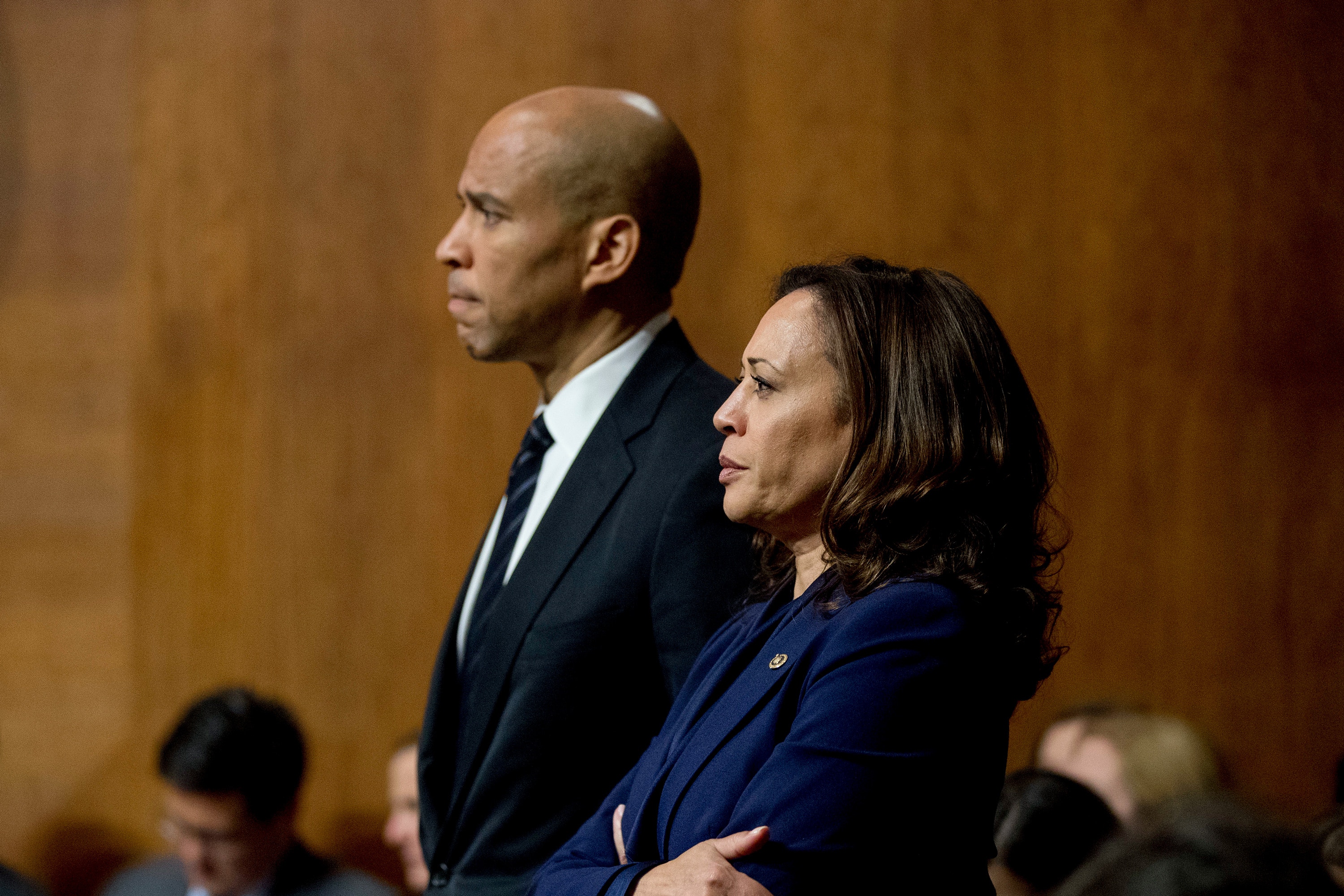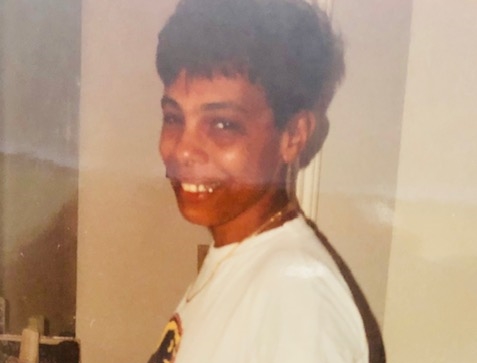
By Kendrick Marshall Tulsa World
It’s not often that a Netflix production is able to crystalize a common parallel that relates to the 1921 Tulsa Race Massacre.
“When They See Us,” directed by Ava DuVernay, displays the tale of the so-called Central Park 5, five young minority men — four of whom were black — convicted of the brutal 1989 rape of a white woman.
The poignant, gut-wrenching story chronicles how they all — through a frenzied public, unrelenting media and maltreatment by New York authorities — were wrongly convicted of the crime despite little physical evidence tying them to the act.
It was not until 13 years later, in 2002, that the convictions were overturned. DNA evidence from the actual perpetrator cleared them.
The five-part miniseries gives an intimate and raw look at the unique challenges people of color face trying to navigate the criminal justice system. It also presents the familiar refrain of black men being accused of targeting white women, which historically led to vigilante killings and widespread violence against black communities.
That was case for Emmett Till in Money, Mississippi. It was so for black residents in Rosewood, Florida, and Duluth, Minnesota, respectively during the previous century.
A similar circumstance occurred right here in Tulsa 98 years ago, when Dick Rowland, a black man, was accused of attacking a young white woman named Sarah Page in an elevator on the third floor of the Drexel Building on May 30, 1921.
That accusation, combined with the impassioned community response and media sensationalism that followed, led to the eventual destruction of the predominantly black Greenwood District and Black Wall Street by white rioters.
While Black Wall Street made a strong comeback following World War II, it slowly waned in the decades to follow thanks to urban renewal initiatives that strained its economic stability.
If Page didn’t cry out that day, would Greenwood be the pre-eminent, thriving district in Tulsa today instead of the Tulsa Arts District or Blue Dome District?
If Carolyn Bryant Donham didn’t claim Till verbally and physically abused her in 1955, maybe the then 14-year-old would have lived a life that embodied all the greatness current American leaders postulate about.
Harlem teens Raymond Santana, Kevin Richardson, Antron McCray, Yusef Salaam and Kharey Wise could have avoided enduring all the racial animus, rage and imprudent treatment that came along with the mere suggestion they viciously ambushed a white woman as she jogged alone in a New York park.
But those injustices went on unabated because of a multiple century perception that falsely branded black men as predators out to pillage white communities of their wives and daughters.
The idea was famously executed in the mainstream consciousness of America with the release of “Birth of a Nation” — a movie (released six years before Tulsa’s race massacre) which depicted the Ku Klux Klan as Avengers-like heroes saving the day from the threat of dangerous black men.
Continuing that legacy, black men — in all forms of media after “Birth of a Nation” — have been characterized as among the most insidious purveyors of crime in America.
The Opportunity Agenda, a social justice communications lab, found that black males especially “are not only likely to appear as criminals, but likely to be shown in ways that make them seem particularly threatening compared with white criminals, for instance.”
The group further concludes that black people as a collective are over represented as criminals in news coverage. Since our perception of the world around us is somewhat influenced by media consumption, constant association of black faces with criminal behavior only reinforces the belief that men who look like Dick Rowland are perpetually guilty.
It explains the pathology behind Michigan woman Leiha Ann-Sue Artman, South Carolina mother Susan Smith and Florida housewife Norma Padgettbeing confident enough to pin crimes on innocent black men.
And because of that, lives get snuffed out by either death or incarceration. Towns and neighborhoods are terrorized by vengeful mobs or aggressively policed by law enforcement. And worst of all, individuals, families and communities are left fragmented, stereotyped and traumatized.
This is something that should pain everyone to witness when we, in fact, see it beyond the spectrum of on-demand television.










